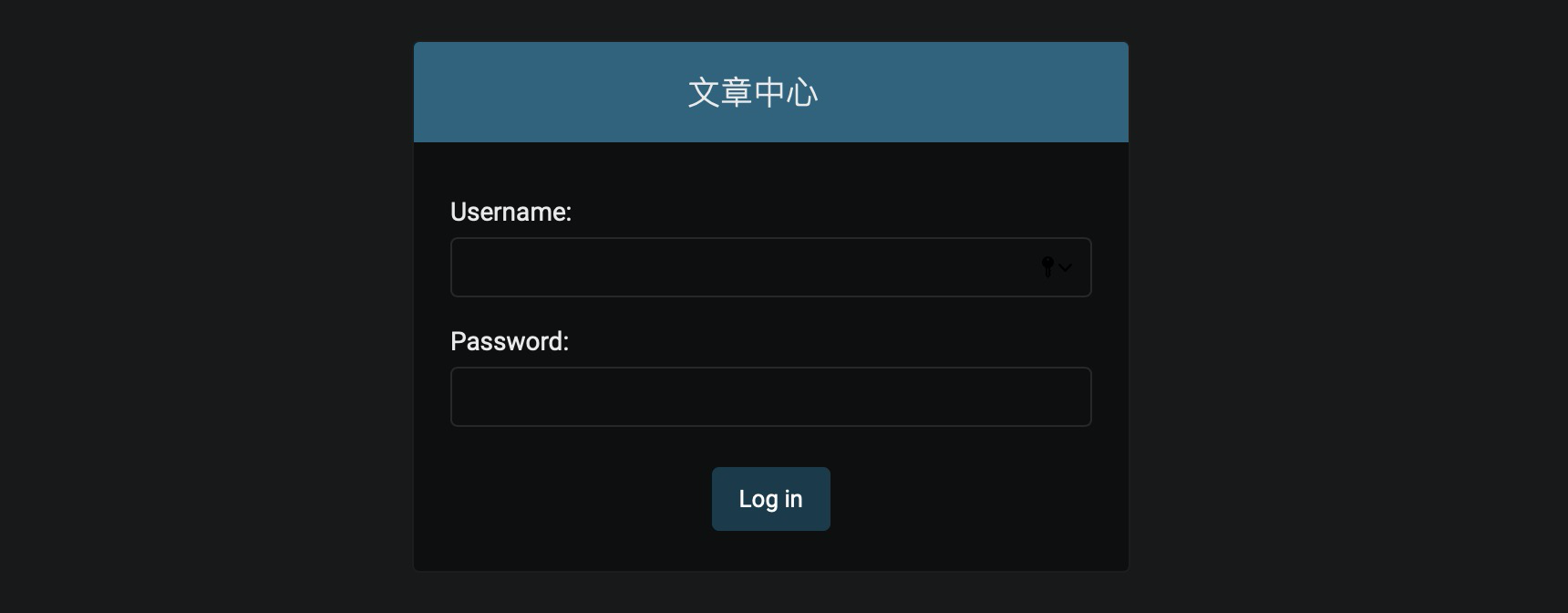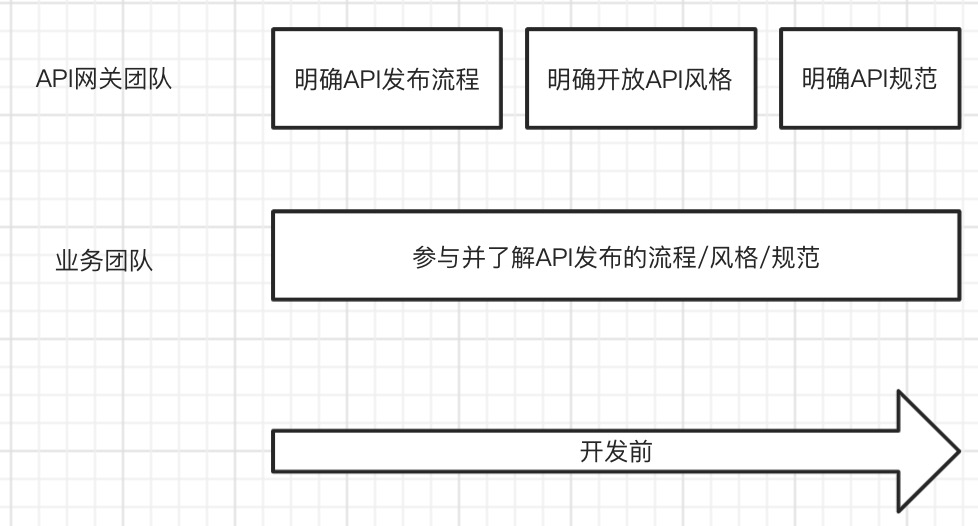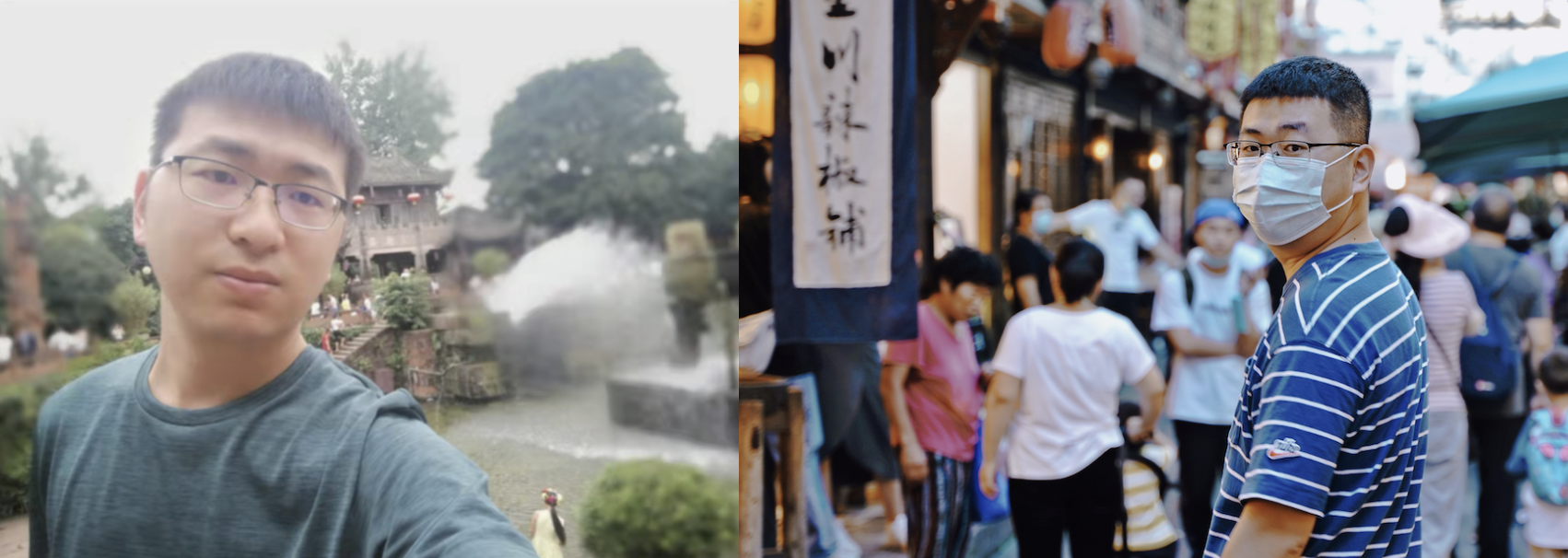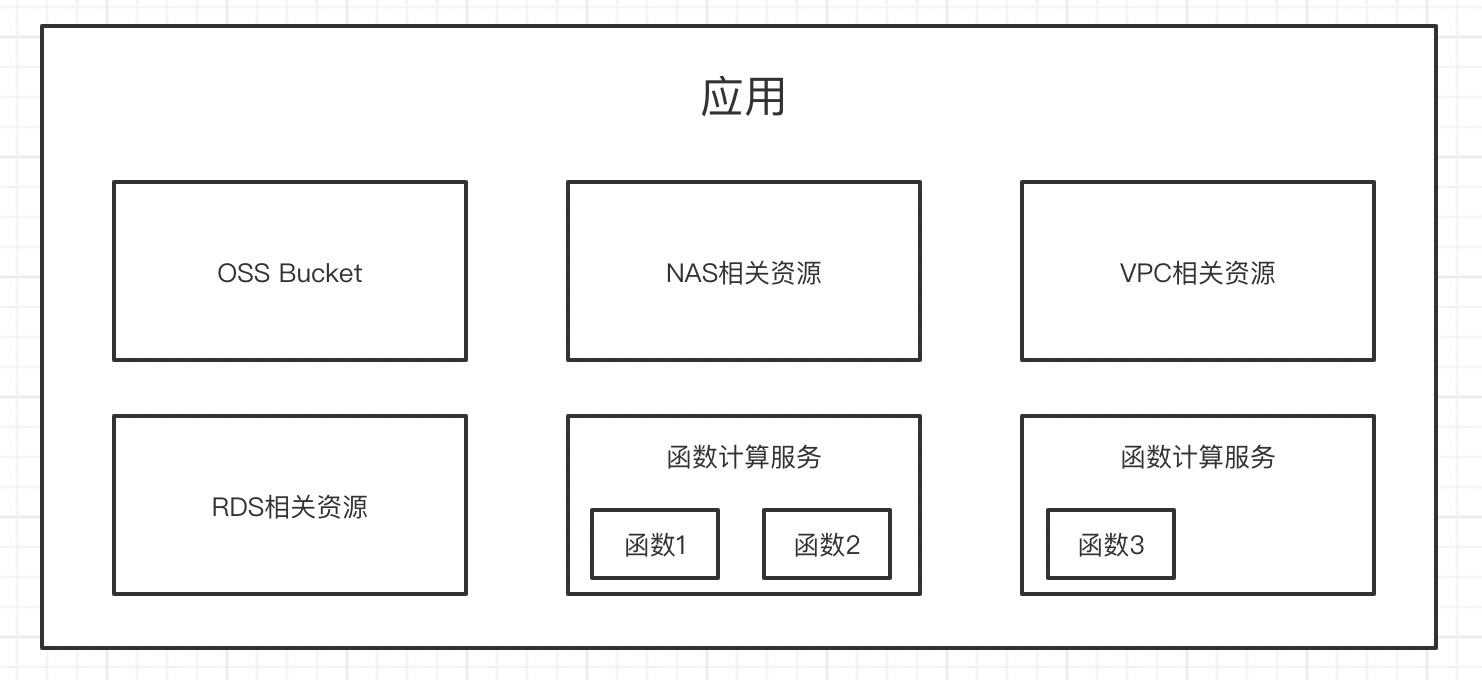1
2
3
4
5
6
7
8
9
10
11
12
13
14
15
16
17
18
19
20
21
22
23
24
25
26
27
28
29
30
31
32
33
34
35
36
37
38
39
40
41
42
43
44
45
46
47
48
49
50
51
52
53
54
55
56
57
58
59
60
61
62
63
64
65
66
67
68
69
70
71
72
73
74
75
76
77
78
79
80
81
82
83
84
85
86
87
88
89
90
91
92
93
94
95
96
97
98
99
100
101
102
103
104
105
106
107
108
109
110
111
112
113
114
115
116
117
118
119
120
121
122
123
124
125
126
127
128
129
130
131
132
133
134
135
136
137
138
139
140
141
142
143
144
145
146
147
148
149
150
151
152
153
154
155
156
157
158
159
160
161
162
163
164
165
166
167
168
169
170
171
172
173
174
175
176
177
178
179
180
181
182
183
184
185
186
187
188
189
190
191
192
193
194
195
196
197
198
199
200
201
202
203
204
205
206
207
208
209
210
211
212
213
214
215
216
217
218
219
220
221
222
223
224
225
226
227
228
229
230
231
232
233
234
235
236
237
238
239
240
241
242
243
244
245
246
247
248
249
250
251
252
253
254
255
256
257
258
259
260
261
262
263
264
265
266
267
268
269
270
271
272
273
274
275
276
277
278
279
280
281
282
283
284
285
286
287
288
289
290
291
292
293
294
295
296
297
298
299
300
301
302
303
304
305
306
307
308
309
310
311
312
313
314
315
316
317
318
319
320
321
322
323
324
325
326
327
328
329
330
331
332
333
334
335
336
337
338
339
340
341
342
343
344
345
346
347
348
349
350
351
352
353
354
355
356
357
358
359
360
361
362
363
364
365
366
367
368
369
370
371
372
373
374
375
376
377
378
379
380
381
382
383
384
385
386
387
388
389
390
391
392
393
394
395
396
397
398
399
400
401
402
403
404
405
406
407
408
409
410
411
412
413
414
415
416
417
418
419
420
421
422
423
424
425
426
427
428
429
430
431
432
433
434
435
436
437
438
439
440
441
442
443
444
445
446
447
448
449
450
451
452
453
454
455
456
457
458
459
460
461
462
463
464
465
466
467
468
469
470
471
472
473
474
475
476
477
478
479
480
481
482
483
484
485
486
487
488
489
490
491
492
493
494
495
496
497
498
499
500
501
502
503
504
505
506
507
508
509
510
511
512
513
514
515
516
517
518
519
520
521
522
523
524
525
526
527
528
529
530
531
532
533
534
535
536
537
538
539
540
541
542
543
544
545
546
547
548
549
550
551
552
553
554
555
556
557
558
559
560
561
562
563
564
565
566
567
568
569
570
571
572
573
574
575
576
577
578
579
580
581
582
583
584
585
586
587
588
589
590
591
592
593
594
595
596
597
598
599
600
601
602
603
604
605
606
607
608
609
610
611
612
613
614
615
616
617
618
619
620
621
622
623
624
625
626
627
628
629
630
631
632
633
634
635
636
637
638
639
640
641
642
643
644
645
646
647
648
649
650
651
652
653
654
655
656
657
658
659
660
661
662
663
664
665
666
667
668
| base_model.py:
import os
import numpy as np
import tensorflow as tf
import pickle
from tqdm import tqdm
from utils.nn import NN
from utils.misc import ImageLoader, CaptionData, TopN
class BaseModel(object):
def __init__(self, config):
self.config = config
self.is_train = False
self.train_cnn = self.is_train and config.train_cnn
self.image_loader = ImageLoader('./utils/ilsvrc_2012_mean.npy')
self.image_shape = [224, 224, 3]
self.nn = NN(config)
self.global_step = tf.Variable(0, name='global_step', trainable=False)
self.build()
def build(self):
raise NotImplementedError()
def beam_search(self, sess, image_files, vocabulary):
"""Use beam search to generate the captions for a batch of images."""
# Feed in the images to get the contexts and the initial LSTM states
config = self.config
images = self.image_loader.load_images(image_files)
contexts, initial_memory, initial_output = sess.run(
[self.conv_feats, self.initial_memory, self.initial_output],
feed_dict={self.images: images})
partial_caption_data = []
complete_caption_data = []
for k in range(config.batch_size):
initial_beam = CaptionData(sentence=[],
memory=initial_memory[k],
output=initial_output[k],
score=1.0)
partial_caption_data.append(TopN(config.beam_size))
partial_caption_data[-1].push(initial_beam)
complete_caption_data.append(TopN(config.beam_size))
# Run beam search
for idx in range(config.max_caption_length):
partial_caption_data_lists = []
for k in range(config.batch_size):
data = partial_caption_data[k].extract()
partial_caption_data_lists.append(data)
partial_caption_data[k].reset()
num_steps = 1 if idx == 0 else config.beam_size
for b in range(num_steps):
if idx == 0:
last_word = np.zeros((config.batch_size), np.int32)
else:
last_word = np.array([pcl[b].sentence[-1]
for pcl in partial_caption_data_lists],
np.int32)
last_memory = np.array([pcl[b].memory
for pcl in partial_caption_data_lists],
np.float32)
last_output = np.array([pcl[b].output
for pcl in partial_caption_data_lists],
np.float32)
memory, output, scores = sess.run(
[self.memory, self.output, self.probs],
feed_dict={self.contexts: contexts,
self.last_word: last_word,
self.last_memory: last_memory,
self.last_output: last_output})
# Find the beam_size most probable next words
for k in range(config.batch_size):
caption_data = partial_caption_data_lists[k][b]
words_and_scores = list(enumerate(scores[k]))
words_and_scores.sort(key=lambda x: -x[1])
words_and_scores = words_and_scores[0:config.beam_size + 1]
# Append each of these words to the current partial caption
for w, s in words_and_scores:
sentence = caption_data.sentence + [w]
score = caption_data.score * s
beam = CaptionData(sentence,
memory[k],
output[k],
score)
if vocabulary.words[w] == '.':
complete_caption_data[k].push(beam)
else:
partial_caption_data[k].push(beam)
results = []
for k in range(config.batch_size):
if complete_caption_data[k].size() == 0:
complete_caption_data[k] = partial_caption_data[k]
results.append(complete_caption_data[k].extract(sort=True))
return results
def load(self, sess, model_file=None):
""" Load the model. """
config = self.config
if model_file is not None:
save_path = model_file
else:
info_path = os.path.join(config.save_dir, "config.pickle")
info_file = open(info_path, "rb")
config = pickle.load(info_file)
global_step = config.global_step
info_file.close()
save_path = os.path.join(config.save_dir,
str(global_step) + ".npy")
print("Loading the model from %s..." % save_path)
data_dict = np.load(save_path, allow_pickle=True, encoding="bytes").item()
count = 0
for v in tqdm(tf.compat.v1.global_variables()):
if v.name in data_dict.keys():
sess.run(v.assign(data_dict[v.name]))
count += 1
print("%d tensors loaded." % count)
generator.py:
import tensorflow as tf
from base_model import BaseModel
class CaptionGenerator(BaseModel):
def build(self):
""" Build the model. """
self.build_cnn()
self.build_rnn()
if self.is_train:
self.build_optimizer()
self.build_summary()
def build_cnn(self):
""" Build the CNN. """
print("Building the CNN...")
if self.config.cnn == 'vgg16':
self.build_vgg16()
else:
self.build_resnet50()
print("CNN built.")
def build_vgg16(self):
""" Build the VGG16 net. """
config = self.config
images = tf.compat.v1.placeholder(
dtype=tf.float32,
shape=[config.batch_size] + self.image_shape)
conv1_1_feats = self.nn.conv2d(images, 64, name='conv1_1')
conv1_2_feats = self.nn.conv2d(conv1_1_feats, 64, name='conv1_2')
pool1_feats = self.nn.max_pool2d(conv1_2_feats, name='pool1')
conv2_1_feats = self.nn.conv2d(pool1_feats, 128, name='conv2_1')
conv2_2_feats = self.nn.conv2d(conv2_1_feats, 128, name='conv2_2')
pool2_feats = self.nn.max_pool2d(conv2_2_feats, name='pool2')
conv3_1_feats = self.nn.conv2d(pool2_feats, 256, name='conv3_1')
conv3_2_feats = self.nn.conv2d(conv3_1_feats, 256, name='conv3_2')
conv3_3_feats = self.nn.conv2d(conv3_2_feats, 256, name='conv3_3')
pool3_feats = self.nn.max_pool2d(conv3_3_feats, name='pool3')
conv4_1_feats = self.nn.conv2d(pool3_feats, 512, name='conv4_1')
conv4_2_feats = self.nn.conv2d(conv4_1_feats, 512, name='conv4_2')
conv4_3_feats = self.nn.conv2d(conv4_2_feats, 512, name='conv4_3')
pool4_feats = self.nn.max_pool2d(conv4_3_feats, name='pool4')
conv5_1_feats = self.nn.conv2d(pool4_feats, 512, name='conv5_1')
conv5_2_feats = self.nn.conv2d(conv5_1_feats, 512, name='conv5_2')
conv5_3_feats = self.nn.conv2d(conv5_2_feats, 512, name='conv5_3')
reshaped_conv5_3_feats = tf.reshape(conv5_3_feats,
[config.batch_size, 196, 512])
self.conv_feats = reshaped_conv5_3_feats
self.num_ctx = 196
self.dim_ctx = 512
self.images = images
def build_resnet50(self):
""" Build the ResNet50. """
config = self.config
images = tf.placeholder(
dtype=tf.float32,
shape=[config.batch_size] + self.image_shape)
conv1_feats = self.nn.conv2d(images,
filters=64,
kernel_size=(7, 7),
strides=(2, 2),
activation=None,
name='conv1')
conv1_feats = self.nn.batch_norm(conv1_feats, 'bn_conv1')
conv1_feats = tf.nn.relu(conv1_feats)
pool1_feats = self.nn.max_pool2d(conv1_feats,
pool_size=(3, 3),
strides=(2, 2),
name='pool1')
res2a_feats = self.resnet_block(pool1_feats, 'res2a', 'bn2a', 64, 1)
res2b_feats = self.resnet_block2(res2a_feats, 'res2b', 'bn2b', 64)
res2c_feats = self.resnet_block2(res2b_feats, 'res2c', 'bn2c', 64)
res3a_feats = self.resnet_block(res2c_feats, 'res3a', 'bn3a', 128)
res3b_feats = self.resnet_block2(res3a_feats, 'res3b', 'bn3b', 128)
res3c_feats = self.resnet_block2(res3b_feats, 'res3c', 'bn3c', 128)
res3d_feats = self.resnet_block2(res3c_feats, 'res3d', 'bn3d', 128)
res4a_feats = self.resnet_block(res3d_feats, 'res4a', 'bn4a', 256)
res4b_feats = self.resnet_block2(res4a_feats, 'res4b', 'bn4b', 256)
res4c_feats = self.resnet_block2(res4b_feats, 'res4c', 'bn4c', 256)
res4d_feats = self.resnet_block2(res4c_feats, 'res4d', 'bn4d', 256)
res4e_feats = self.resnet_block2(res4d_feats, 'res4e', 'bn4e', 256)
res4f_feats = self.resnet_block2(res4e_feats, 'res4f', 'bn4f', 256)
res5a_feats = self.resnet_block(res4f_feats, 'res5a', 'bn5a', 512)
res5b_feats = self.resnet_block2(res5a_feats, 'res5b', 'bn5b', 512)
res5c_feats = self.resnet_block2(res5b_feats, 'res5c', 'bn5c', 512)
reshaped_res5c_feats = tf.reshape(res5c_feats,
[config.batch_size, 49, 2048])
self.conv_feats = reshaped_res5c_feats
self.num_ctx = 49
self.dim_ctx = 2048
self.images = images
def resnet_block(self, inputs, name1, name2, c, s=2):
""" A basic block of ResNet. """
branch1_feats = self.nn.conv2d(inputs,
filters=4 * c,
kernel_size=(1, 1),
strides=(s, s),
activation=None,
use_bias=False,
name=name1 + '_branch1')
branch1_feats = self.nn.batch_norm(branch1_feats, name2 + '_branch1')
branch2a_feats = self.nn.conv2d(inputs,
filters=c,
kernel_size=(1, 1),
strides=(s, s),
activation=None,
use_bias=False,
name=name1 + '_branch2a')
branch2a_feats = self.nn.batch_norm(branch2a_feats, name2 + '_branch2a')
branch2a_feats = tf.nn.relu(branch2a_feats)
branch2b_feats = self.nn.conv2d(branch2a_feats,
filters=c,
kernel_size=(3, 3),
strides=(1, 1),
activation=None,
use_bias=False,
name=name1 + '_branch2b')
branch2b_feats = self.nn.batch_norm(branch2b_feats, name2 + '_branch2b')
branch2b_feats = tf.nn.relu(branch2b_feats)
branch2c_feats = self.nn.conv2d(branch2b_feats,
filters=4 * c,
kernel_size=(1, 1),
strides=(1, 1),
activation=None,
use_bias=False,
name=name1 + '_branch2c')
branch2c_feats = self.nn.batch_norm(branch2c_feats, name2 + '_branch2c')
outputs = branch1_feats + branch2c_feats
outputs = tf.nn.relu(outputs)
return outputs
def resnet_block2(self, inputs, name1, name2, c):
""" Another basic block of ResNet. """
branch2a_feats = self.nn.conv2d(inputs,
filters=c,
kernel_size=(1, 1),
strides=(1, 1),
activation=None,
use_bias=False,
name=name1 + '_branch2a')
branch2a_feats = self.nn.batch_norm(branch2a_feats, name2 + '_branch2a')
branch2a_feats = tf.nn.relu(branch2a_feats)
branch2b_feats = self.nn.conv2d(branch2a_feats,
filters=c,
kernel_size=(3, 3),
strides=(1, 1),
activation=None,
use_bias=False,
name=name1 + '_branch2b')
branch2b_feats = self.nn.batch_norm(branch2b_feats, name2 + '_branch2b')
branch2b_feats = tf.nn.relu(branch2b_feats)
branch2c_feats = self.nn.conv2d(branch2b_feats,
filters=4 * c,
kernel_size=(1, 1),
strides=(1, 1),
activation=None,
use_bias=False,
name=name1 + '_branch2c')
branch2c_feats = self.nn.batch_norm(branch2c_feats, name2 + '_branch2c')
outputs = inputs + branch2c_feats
outputs = tf.nn.relu(outputs)
return outputs
def build_rnn(self):
""" Build the RNN. """
print("Building the RNN...")
config = self.config
# Setup the placeholders
if self.is_train:
contexts = self.conv_feats
sentences = tf.placeholder(
dtype=tf.int32,
shape=[config.batch_size, config.max_caption_length])
masks = tf.placeholder(
dtype=tf.float32,
shape=[config.batch_size, config.max_caption_length])
else:
contexts = tf.compat.v1.placeholder(
dtype=tf.float32,
shape=[config.batch_size, self.num_ctx, self.dim_ctx])
last_memory = tf.compat.v1.placeholder(
dtype=tf.float32,
shape=[config.batch_size, config.num_lstm_units])
last_output = tf.compat.v1.placeholder(
dtype=tf.float32,
shape=[config.batch_size, config.num_lstm_units])
last_word = tf.compat.v1.placeholder(
dtype=tf.int32,
shape=[config.batch_size])
# Setup the word embedding
with tf.compat.v1.variable_scope("word_embedding"):
embedding_matrix = tf.compat.v1.get_variable(
name='weights',
shape=[config.vocabulary_size, config.dim_embedding],
initializer=self.nn.fc_kernel_initializer,
regularizer=self.nn.fc_kernel_regularizer,
trainable=self.is_train)
# Setup the LSTM
lstm = tf.nn.rnn_cell.LSTMCell(
config.num_lstm_units,
initializer=self.nn.fc_kernel_initializer)
if self.is_train:
lstm = tf.nn.rnn_cell.DropoutWrapper(
lstm,
input_keep_prob=1.0 - config.lstm_drop_rate,
output_keep_prob=1.0 - config.lstm_drop_rate,
state_keep_prob=1.0 - config.lstm_drop_rate)
# Initialize the LSTM using the mean context
with tf.compat.v1.variable_scope("initialize"):
context_mean = tf.reduce_mean(self.conv_feats, axis=1)
initial_memory, initial_output = self.initialize(context_mean)
initial_state = initial_memory, initial_output
# Prepare to run
predictions = []
if self.is_train:
alphas = []
cross_entropies = []
predictions_correct = []
num_steps = config.max_caption_length
last_output = initial_output
last_memory = initial_memory
last_word = tf.zeros([config.batch_size], tf.int32)
else:
num_steps = 1
last_state = last_memory, last_output
# Generate the words one by one
for idx in range(num_steps):
# Attention mechanism
with tf.compat.v1.variable_scope("attend"):
alpha = self.attend(contexts, last_output)
context = tf.reduce_sum(contexts * tf.expand_dims(alpha, 2),
axis=1)
if self.is_train:
tiled_masks = tf.tile(tf.expand_dims(masks[:, idx], 1),
[1, self.num_ctx])
masked_alpha = alpha * tiled_masks
alphas.append(tf.reshape(masked_alpha, [-1]))
# Embed the last word
with tf.compat.v1.variable_scope("word_embedding"):
word_embed = tf.nn.embedding_lookup(embedding_matrix,
last_word)
# Apply the LSTM
with tf.compat.v1.variable_scope("lstm"):
current_input = tf.concat([context, word_embed], 1)
output, state = lstm(current_input, last_state)
memory, _ = state
# Decode the expanded output of LSTM into a word
with tf.compat.v1.variable_scope("decode"):
expanded_output = tf.concat([output,
context,
word_embed],
axis=1)
logits = self.decode(expanded_output)
probs = tf.nn.softmax(logits)
prediction = tf.argmax(logits, 1)
predictions.append(prediction)
# Compute the loss for this step, if necessary
if self.is_train:
cross_entropy = tf.nn.sparse_softmax_cross_entropy_with_logits(
labels=sentences[:, idx],
logits=logits)
masked_cross_entropy = cross_entropy * masks[:, idx]
cross_entropies.append(masked_cross_entropy)
ground_truth = tf.cast(sentences[:, idx], tf.int64)
prediction_correct = tf.where(
tf.equal(prediction, ground_truth),
tf.cast(masks[:, idx], tf.float32),
tf.cast(tf.zeros_like(prediction), tf.float32))
predictions_correct.append(prediction_correct)
last_output = output
last_memory = memory
last_state = state
last_word = sentences[:, idx]
tf.compat.v1.get_variable_scope().reuse_variables()
# Compute the final loss, if necessary
if self.is_train:
cross_entropies = tf.stack(cross_entropies, axis=1)
cross_entropy_loss = tf.reduce_sum(cross_entropies) \
/ tf.reduce_sum(masks)
alphas = tf.stack(alphas, axis=1)
alphas = tf.reshape(alphas, [config.batch_size, self.num_ctx, -1])
attentions = tf.reduce_sum(alphas, axis=2)
diffs = tf.ones_like(attentions) - attentions
attention_loss = config.attention_loss_factor \
* tf.nn.l2_loss(diffs) \
/ (config.batch_size * self.num_ctx)
reg_loss = tf.losses.get_regularization_loss()
total_loss = cross_entropy_loss + attention_loss + reg_loss
predictions_correct = tf.stack(predictions_correct, axis=1)
accuracy = tf.reduce_sum(predictions_correct) \
/ tf.reduce_sum(masks)
self.contexts = contexts
if self.is_train:
self.sentences = sentences
self.masks = masks
self.total_loss = total_loss
self.cross_entropy_loss = cross_entropy_loss
self.attention_loss = attention_loss
self.reg_loss = reg_loss
self.accuracy = accuracy
self.attentions = attentions
else:
self.initial_memory = initial_memory
self.initial_output = initial_output
self.last_memory = last_memory
self.last_output = last_output
self.last_word = last_word
self.memory = memory
self.output = output
self.probs = probs
print("RNN built.")
def initialize(self, context_mean):
""" Initialize the LSTM using the mean context. """
config = self.config
context_mean = self.nn.dropout(context_mean)
if config.num_initalize_layers == 1:
# use 1 fc layer to initialize
memory = self.nn.dense(context_mean,
units=config.num_lstm_units,
activation=None,
name='fc_a')
output = self.nn.dense(context_mean,
units=config.num_lstm_units,
activation=None,
name='fc_b')
else:
# use 2 fc layers to initialize
temp1 = self.nn.dense(context_mean,
units=config.dim_initalize_layer,
activation=tf.tanh,
name='fc_a1')
temp1 = self.nn.dropout(temp1)
memory = self.nn.dense(temp1,
units=config.num_lstm_units,
activation=None,
name='fc_a2')
temp2 = self.nn.dense(context_mean,
units=config.dim_initalize_layer,
activation=tf.tanh,
name='fc_b1')
temp2 = self.nn.dropout(temp2)
output = self.nn.dense(temp2,
units=config.num_lstm_units,
activation=None,
name='fc_b2')
return memory, output
def attend(self, contexts, output):
""" Attention Mechanism. """
config = self.config
reshaped_contexts = tf.reshape(contexts, [-1, self.dim_ctx])
reshaped_contexts = self.nn.dropout(reshaped_contexts)
output = self.nn.dropout(output)
if config.num_attend_layers == 1:
# use 1 fc layer to attend
logits1 = self.nn.dense(reshaped_contexts,
units=1,
activation=None,
use_bias=False,
name='fc_a')
logits1 = tf.reshape(logits1, [-1, self.num_ctx])
logits2 = self.nn.dense(output,
units=self.num_ctx,
activation=None,
use_bias=False,
name='fc_b')
logits = logits1 + logits2
else:
# use 2 fc layers to attend
temp1 = self.nn.dense(reshaped_contexts,
units=config.dim_attend_layer,
activation=tf.tanh,
name='fc_1a')
temp2 = self.nn.dense(output,
units=config.dim_attend_layer,
activation=tf.tanh,
name='fc_1b')
temp2 = tf.tile(tf.expand_dims(temp2, 1), [1, self.num_ctx, 1])
temp2 = tf.reshape(temp2, [-1, config.dim_attend_layer])
temp = temp1 + temp2
temp = self.nn.dropout(temp)
logits = self.nn.dense(temp,
units=1,
activation=None,
use_bias=False,
name='fc_2')
logits = tf.reshape(logits, [-1, self.num_ctx])
alpha = tf.nn.softmax(logits)
return alpha
def decode(self, expanded_output):
""" Decode the expanded output of the LSTM into a word. """
config = self.config
expanded_output = self.nn.dropout(expanded_output)
if config.num_decode_layers == 1:
# use 1 fc layer to decode
logits = self.nn.dense(expanded_output,
units=config.vocabulary_size,
activation=None,
name='fc')
else:
# use 2 fc layers to decode
temp = self.nn.dense(expanded_output,
units=config.dim_decode_layer,
activation=tf.tanh,
name='fc_1')
temp = self.nn.dropout(temp)
logits = self.nn.dense(temp,
units=config.vocabulary_size,
activation=None,
name='fc_2')
return logits
def build_optimizer(self):
""" Setup the optimizer and training operation. """
config = self.config
learning_rate = tf.constant(config.initial_learning_rate)
if config.learning_rate_decay_factor < 1.0:
def _learning_rate_decay_fn(learning_rate, global_step):
return tf.train.exponential_decay(
learning_rate,
global_step,
decay_steps=config.num_steps_per_decay,
decay_rate=config.learning_rate_decay_factor,
staircase=True)
learning_rate_decay_fn = _learning_rate_decay_fn
else:
learning_rate_decay_fn = None
with tf.variable_scope('optimizer', reuse=tf.AUTO_REUSE):
if config.optimizer == 'Adam':
optimizer = tf.train.AdamOptimizer(
learning_rate=config.initial_learning_rate,
beta1=config.beta1,
beta2=config.beta2,
epsilon=config.epsilon
)
elif config.optimizer == 'RMSProp':
optimizer = tf.train.RMSPropOptimizer(
learning_rate=config.initial_learning_rate,
decay=config.decay,
momentum=config.momentum,
centered=config.centered,
epsilon=config.epsilon
)
elif config.optimizer == 'Momentum':
optimizer = tf.train.MomentumOptimizer(
learning_rate=config.initial_learning_rate,
momentum=config.momentum,
use_nesterov=config.use_nesterov
)
else:
optimizer = tf.train.GradientDescentOptimizer(
learning_rate=config.initial_learning_rate
)
opt_op = tf.contrib.layers.optimize_loss(
loss=self.total_loss,
global_step=self.global_step,
learning_rate=learning_rate,
optimizer=optimizer,
clip_gradients=config.clip_gradients,
learning_rate_decay_fn=learning_rate_decay_fn)
self.opt_op = opt_op
def build_summary(self):
""" Build the summary (for TensorBoard visualization). """
with tf.name_scope("variables"):
for var in tf.trainable_variables():
with tf.name_scope(var.name[:var.name.find(":")]):
self.variable_summary(var)
with tf.name_scope("metrics"):
tf.summary.scalar("cross_entropy_loss", self.cross_entropy_loss)
tf.summary.scalar("attention_loss", self.attention_loss)
tf.summary.scalar("reg_loss", self.reg_loss)
tf.summary.scalar("total_loss", self.total_loss)
tf.summary.scalar("accuracy", self.accuracy)
with tf.name_scope("attentions"):
self.variable_summary(self.attentions)
self.summary = tf.summary.merge_all()
def variable_summary(self, var):
""" Build the summary for a variable. """
mean = tf.reduce_mean(var)
tf.summary.scalar('mean', mean)
stddev = tf.sqrt(tf.reduce_mean(tf.square(var - mean)))
tf.summary.scalar('stddev', stddev)
tf.summary.scalar('max', tf.reduce_max(var))
tf.summary.scalar('min', tf.reduce_min(var))
tf.summary.histogram('histogram', var)
|
































































































